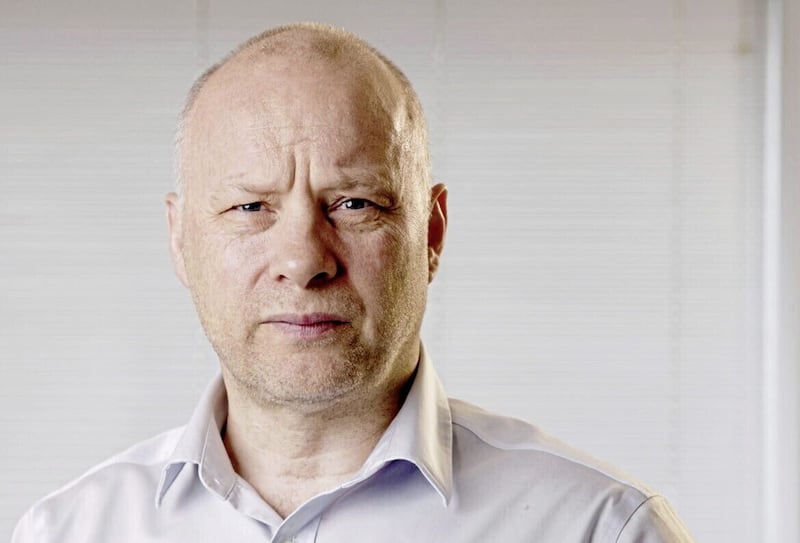If the number of accidents on our roads is falling, the cost of insurance should be coming down as well, right?
But as ever in economics, it’s a little bit more complicated than that. What we’re actually seeing is the cost of car insurance spiralling at a time when RTAs are at an all-time low. The reasons behind this are numerous including the pandemic, the higher cost of replacing cars and the fact that the kinds of cars we now buy are more complex and harder to fix.
Wind back four years, and people were receiving letters through the door from their insurance companies telling them that their premiums were falling, or they were getting a partial refund. This is because we were using our cars much less during lockdowns, there were fewer cars on the road, of course meaning fewer accidents. As a result of this lower risk profile, insurance companies were paying out less.
Today, it’s a very different story. Earlier this month, website confused.com reported that the cost of car insurance had increased by 58 percent over the past year, with premiums now averaging almost £1,000 in the UK (indeed even higher in Northern Ireland).
The largest single factor driving the increase, according to the Association of British Insurers (ABI), is repair costs, which jumped 32 percent in the third quarter of 2023. This reflects a mixture of cost of labour, energy and also the fact that vehicles are becoming more sophisticated, with the likes of electric vehicles requiring ever more specialist expertise to repair.
Early research suggests that electric vehicles are approximately 25% more expensive to repair than their petrol equivalents and take 14% longer to fix.
The end result is that insurers are spending more on claims and costs than they are collecting in premiums. In 2022, according to EY, for every £1 motor insurers received in premiums, they paid out £1.11 in claims and operating costs. EY also forecasts that in 2023, insurers will have paid out £1.14 in claims and operating costs for every £1 received in premiums.
The Bank of England’s latest forecast expects Consumer Price Inflation in the UK to drop to 2% in the coming months, a radical fall from the peak of 11.1% in October 2022. But remember, this is the average price increase for a basket of consumer goods and services, and some items are experiencing much more significant rises than others.
In turn, those people who are exposed to or dependent on those goods and services that are rising at a sharper rate are impacted much more significantly. The overall inflation rate may be falling and the cost of living crisis may be coming to an end, but try telling that to a young person who is trying to rent a house and insure a car.
Nothing is as short-lived as a smile on the face of a young person who has passed their driving test who then discovers how much it will cost to drive with their R plates. Eighteen-year-olds are taking the biggest hit in terms of the increasing cost of insurance. The average price for this age group has increased 84% in a year, to £3,162.
In many cases, the cost quoted is radically more. Confused.com says that some young people are being quoted £7,000-£8,000 at the upper end. My own personal experience is even more extreme than that. I was recently quoted over £10,000 to insure my 18-year-old son who had recently passed his test.
I’m assuming they just didn’t want our business, such is the risk profile of an 18-year-old male in Belfast. Following hours of research, we eventually went with a quote of around £2,600 but this came with the catch of having a telematics black box fitted and my son is restricted to 50% of the driving done on that vehicle.
We’ve focused on car insurance, but the cost of other kinds of insurance has also been soaring. This is a big issue for many households; not just the monetary cost, but also the time-cost of shopping around. The hours just fly by. It’s something that MP Carla Lockhart has raised recently, and something that our incoming Assembly and Executive should be looking at.
The typical approach of politicians would be to drag insurance companies in to haul them over the coals. And people experiencing the eye-watering hikes may be tempted to view it as third-party fire and theft, with the emphasis on the final word in that phrase.
But as the EY figures above show, there are wider issues than just insurance companies profiteering. When it comes to young people, 17-19-year-olds account for 1.5% of licence holders but are involved in 12% of fatal and serious crashes. So the risk of insuring them is the big issue.

Getting insurance costs down is going to require lowering the risk profile. Having a black box to monitor driving performance is one option, but in recent years, the focus has been on whether those young drivers most at risk could face night curfews and passenger restrictions (e.g. limiting the number of under-21s).
There was even talk of a graduated licence. In the first year of passing your test, in Northern Ireland, unlike in the rest of the UK, drivers displaying R plates are restricted to 45 miles per hour. Should the first one to two years of driving be restricted in other ways too? These measures probably wouldn’t be welcomed by young people, but unless these unpopular changes happen, eye-watering insurance costs are here to stay.
- Richard Ramsey is chief economist at Ulster Bank







